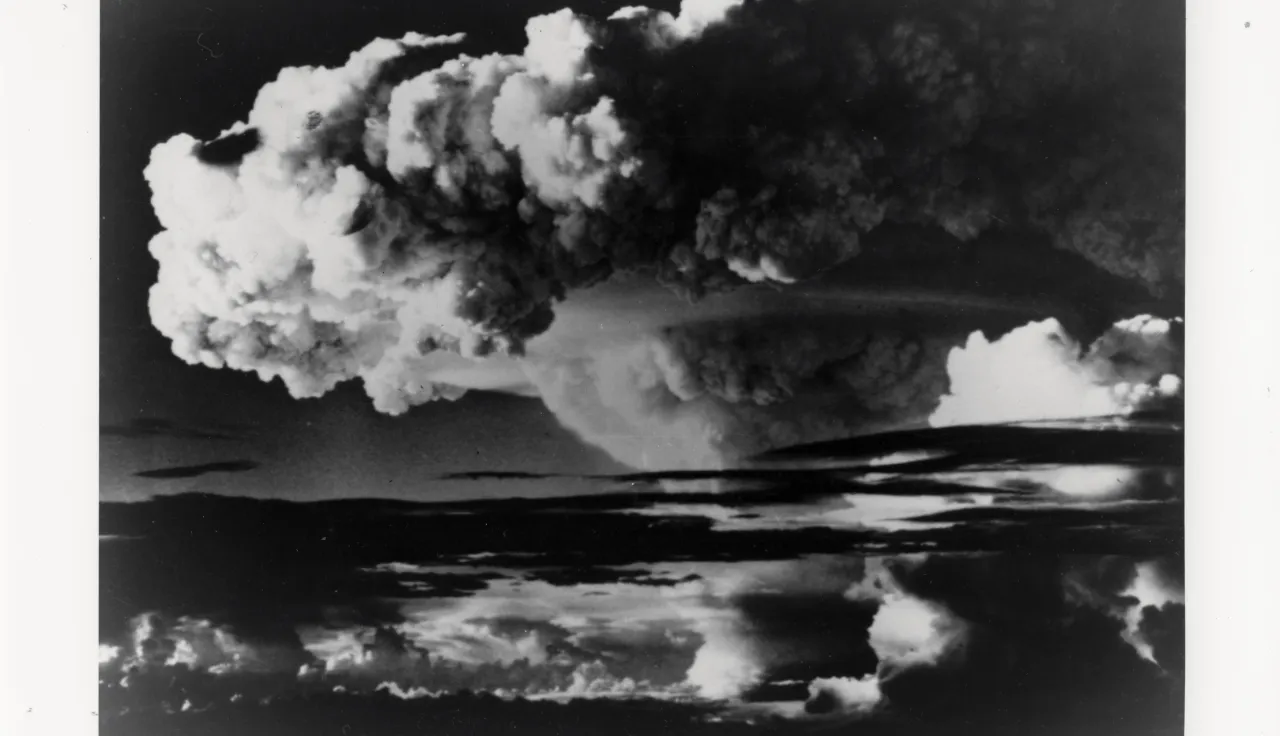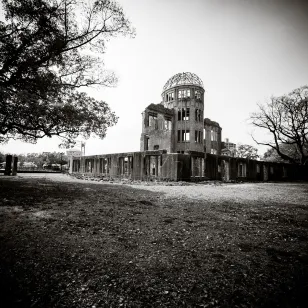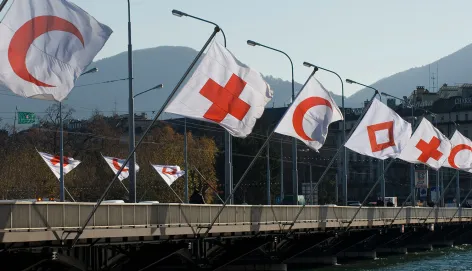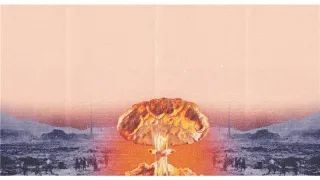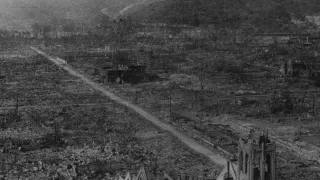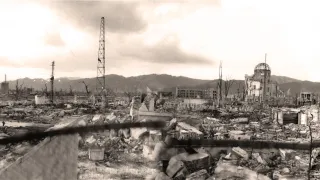Working towards the elimination of nuclear weapons
Since 1945 the ICRC, together with the wider International Red Cross and Red Crescent Movement, has been calling for a ban on nuclear weapons. In 2017, we welcomed the adoption of the Treaty on the Prohibition of Nuclear Weapons (TPNW) as a historic and long-awaited step towards their elimination.
These days we observe a dangerous trend. Nuclear weapons are modernized, the threshold for their use is lowered and unbridled rhetoric and visions of extended nuclear deterrence and expanded nuclear umbrellas are heard. The risk of nuclear weapons being used is the highest it has ever been since the Cold War.
To ensure that nuclear weapons are never used again and are completely eliminated, the Movement calls on states to join the TPNW and to fulfil their long-standing nuclear disarmament obligations and commitments. Stressing that it is extremely doubtful that nuclear weapons could ever be used in accordance with the principles and rules of international humanitarian law, the Movement is working towards their elimination (2022 Council of Delegates Resolution).
Banning nuclear weapons is justified on humanitarian, moral and legal grounds. Nuclear weapons are the most destructive weapons ever created and their testing and use would have catastrophic humanitarian consequences.
These consequences are linked to the heat, blast and radiation generated by a nuclear explosion and the distances over which these forces may be spread. As was seen in the bombings of Hiroshima and Nagasaki in 1945, the detonation of a nuclear weapon in or near a populated area can cause enormous numbers of casualties and extensive damage to civilian infrastructure.
It can also destroy medical infrastructure and services, making the provision of aid and assistance almost impossible and demonstrating the lack of adequate humanitarian response capacity in the immediate aftermath. Many of those who survive the blast will fall victim to radiation sickness in the weeks and months that follow, while others face an increased risk of developing certain cancers later in life.
In 1996, the International Court of Justice concluded that the use of nuclear weapons would be generally contrary to the principles and rules of IHL. The Court also decided that states were under an obligation to pursue and conclude negotiations leading to nuclear disarmament.
With the recent adoption of the TPNW, the legal framework for eliminating nuclear weapons is stronger than ever. By joining it, states are fulfilling their responsibility to protect humanity from nuclear catastrophe, based on a vision of security without nuclear weapons – a vision that is more viable and humane.

